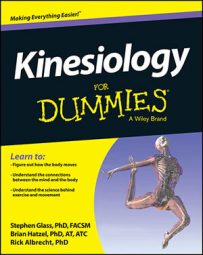Some tasks are difficult to alter while they are being performed; others are easily changed. Whether a movement can be changed during the actual task depends on the complexity and timing of the movements, as well as the presence of external factors.
In other words, the type of information that the human body has to process and the way in which it processes that information (its feedback mechanism) determines whether an activity can be changed midcourse.
There are two types of feedback mechanisms:
Open feedback mechanism: A task that has an open feedback mechanism, called an open task, can be changed in real time. During this type of movement, the body collects information from the speed of the motion, the amount of joint movement required, whether other participants (people of the field, like defenders) are involved, and so on, and then alters the movement to maximize its success in that particular situation. For example, say you’re going up for a jump shot and someone makes contact with you. To make the shot, you change how you shoot the ball in mid-air.
Closed feedback mechanism: A closed feedback mechanism task (or closed task) can’t be altered after it’s started because it isn’t influenced by other participants or previous movements. A free throw is a good example. The only way to be more successful with free-throw shooting is to practice it over and over and over again. Think of closed tasks as short activities that, once turned on, can’t be turned off; they can only be practiced and perfected over time.

